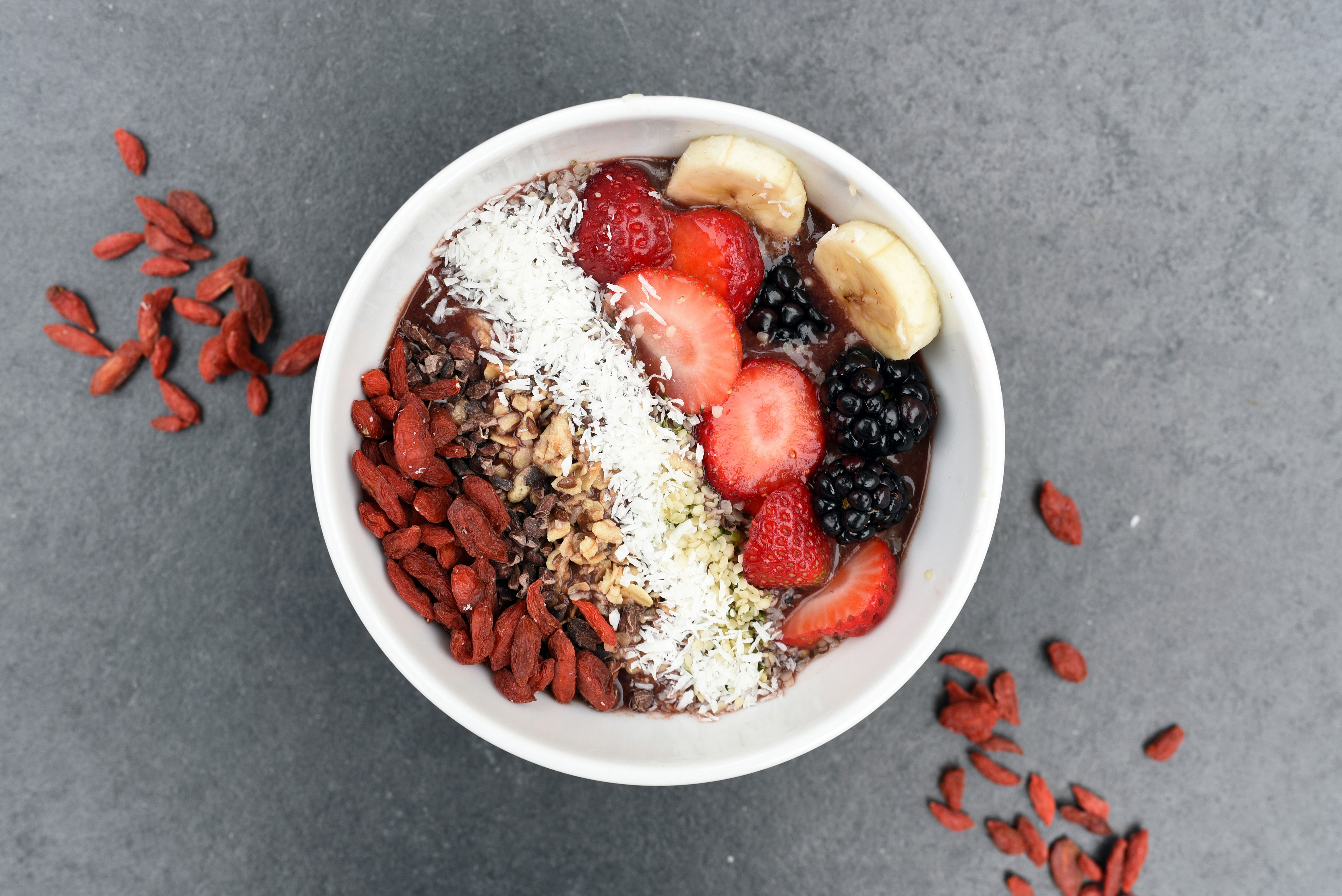Unveiling the Flavorful World of Moroccan Cuisine: A Culinary Journey
Moroccan cuisine, a flavorful journey through a world of spices, is a unique blend of Arab, Berber, and French influences. It is an integral part of Moroccan culture and identity, and it captures the country's rich history, diverse geography, and the ingenuity of its people. The food is a reflection of an ancient civilization, yet it also embraces modern culinary trends.
The Spice Route: The Heart of Moroccan Cuisine
Spices are the lifeblood of Moroccan cuisine, used to create an array of dishes with distinctive flavors. The use of spices like cumin, cinnamon, coriander, and turmeric, among others, is a testament to Morocco’s historical trade routes and cultural exchanges. These spices not only add depth and complexity to the dishes, but they also have numerous health benefits, making Moroccan cuisine not just flavorful but beneficial as well.
The Art of Moroccan Tagine
Tagine, named after the conical clay pot in which it is cooked, is a quintessential Moroccan dish. The slow-cooking technique used in preparing tagines allows the flavors of the meat, vegetables, and spices to meld beautifully. The result is a savory stew with a harmonious blend of flavors and textures. Tagines can be made with a variety of ingredients, reflecting the country’s agricultural diversity.
Bread – The Staple of Moroccan Tables
In Morocco, bread is not just a staple food; it’s a way of life. From the countryside to urban centers, bread is present at every meal, serving as the perfect vehicle for savoring the delectable stews and sauces of Moroccan cuisine. The most common is Khobz, a round, crusty bread. But there’s also the flaky Msemen, the pancake-like Baghrir, and the hearty Batbout.
The Sweet Side of Morocco
Moroccan desserts are a delightful blend of Mediterranean fruits, local honey, and aromatic spices. The most famous is probably the Pastilla au lait et aux amandes, a sweet pastry filled with a creamy mixture of milk, almonds, and a touch of orange blossom water. There’s also the Seffa Medfouna, a sweet couscous dish topped with cinnamon, sugar, and butter.
Moroccan Mint Tea: The Symbol of Hospitality
Moroccan mint tea, also known as ‘Moroccan whiskey,’ is more than a beverage; it’s a symbol of hospitality. The ceremonial preparation involves steeping green tea with fresh mint leaves and sugar, then pouring it from a height to create a frothy top. It’s traditionally served to guests as a sign of friendship and generosity.
-
Moroccan cuisine is known for its intricate use of spices.
-
Cooking techniques like slow-cooking in a tagine pot are unique to Moroccan cuisine.
-
Bread is a crucial part of every Moroccan meal.
-
Moroccan desserts often feature nuts, honey, and fruits.
-
Moroccan mint tea is a symbol of hospitality and is served ceremoniously.
In conclusion, Moroccan cuisine is a flavorful journey through a world of spices and unique cooking techniques. Its age-old traditions, coupled with its ability to adapt to modern trends, make it a vibrant and exciting culinary destination. It’s a cuisine that truly celebrates its rich culture, diverse ingredients, and the joy of sharing a meal. So, next time you’re looking for a culinary adventure, why not take a flavorful journey through the enticing world of Moroccan cuisine?





